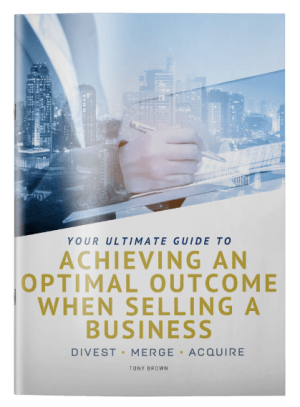Imagine you’re one of 200 passengers on a flight starting the rumble down the runway and readying to launch into the skies. You relax knowing you’re in the hands of very capable, well trained and supported pilots. You take comfort knowing that, although they know their routine, they do not rely on memory and skill alone; they also work to checklists.
Pilots use checklists for two reasons. One, they are trained to do so instead of relying on memory; and two, checklists have proven time and time again that they work. In the last thirty years, aviation has had a radical cultural transformation. The transformation has been a critical shift in an industry where safety is the number one priority. Using checklists has made all the difference in this industry and aircraft accidents have been on a steady decline since the 1980s, when checklists were developed for flight crews.
The most dangerous part of any flight is landing, with nearly half of all fatal accidents occurring in the last fraction of a journey. So again, as a passenger, you take stock of the situation and again relax in the thought that you’re still in the hands of very competent and disciplined pilots working through their procedures and checklists. Yes, the landing gear will be lowered, flaps set correctly, airspeed checked routinely. Now you’re safely on the ground and ready for your day’s business, or holiday!
As an M&A advisor, the stakes may not be as high as life and death, but to your clients and their stakeholders, their livelihoods are relying on your competence, training, consistency and professional execution of the task entrusted to you.
You have meticulously prepared the business documentation. You and your team have worked through the financial statement preparation, normalisation adjustments and calculations and are preparing for launch, taking your clients and their respective stakeholders on the journey to bring about the sale of their business. You know nothing has been missed or overlooked, items have been checked and rechecked by various team members.
Every subsequent step in the process, piling on substantial resources by you, your client and their other professional advisors, often amounting to hundreds of thousands of dollars of investment, will be built on and rely on the solid foundation work done at the outset.
You know that when you get to the sharp end of the deal, the financials will sail through due diligence, the business has been accurately and fairly represented and the negotiated price will stand the rigors of audit and extensive analysis.
DMA’s 850+ procedures, checklists and autotexts make all processes routine, lockstep and consistent across every process. With more than 60 complex, large-scale sale and acquisition engagements in progress at any time, DMA’s team must rely on its well-trained staff adhering to their long-established, yet constantly evolving and improving procedures and checklists. Even when team members have been working in the business for 15+ years, they adhere to their systems and leave nothing to chance. Procedures are an integral part of their daily routine and are updated regularly as improvements are made or new technology is adopted.
These procedures and checklists are very comprehensive and detailed, yet easy to work with and follow. The financial statement processing procedures alone cover 15 pages including 98 steps and 57 sample queries regarding possible adjustment items, plus second and third reviews. Then there’s another 3 pages of steps to complete the working capital calculations.
All in all, thousands of items are completed and checked off one of the inter-linked checklist items before a project is finalised.
By having and adhering to detailed checklists and procedures from the outset, nothing is left to chance, missed or done erroneously. Using these well-established protocols, the scope for mistakes or missteps is very low and the team proceeds with confidence.
It’s exceedingly difficult to retro-install such systems into an organisation so they become the backbone of all activities. It’s a much easier path to have these built in on establishment of the business. This culture has pervaded in the team for 20+ years and all new team members quickly learn to appreciate the importance and uncompromising requirement to work to and maintain these systems. These procedures extend to every incoming and outgoing email being saved to the central CRM/database, which forms the hub of all communications and processes. Client projects are managed through every one of hundreds of steps and sub-steps in the process assigned to each project and signed off by those completing the step.
In some instances, on arrival at DMA, experienced accountants and others may need to ‘unlearn’ habits acquired at other professional offices, including many of the big-name firms, where there has been a free-for-all on how things are done and accounted for. DMA presents a significantly different world for most of them and they quickly understand the benefits of such a tight and coherent operation and learn to change their thinking and mindset of the standard to which they need to work so they don’t let themselves or the rest of the team down. It can be a revelation as to how well things can operate once such a high standard is culturally welded into the fabric of the business.
So we’re back on a flight – this time the going has been tough, gusty wind, we’re in a fighter aircraft setting up for a night landing on a carrier’s deck heaving in high seas. Calling the ball and working hard to bring that baby home. Just need to know that the checklist included lowering the hook!
And in M&A, there may have been a few curve balls thrown up unexpectedly and the going may have been tough in stages. But safely through another process and clients safely into retirement or into their new business venture, employees, customers and suppliers all settled into the new regime, it’s back to business as usual.

